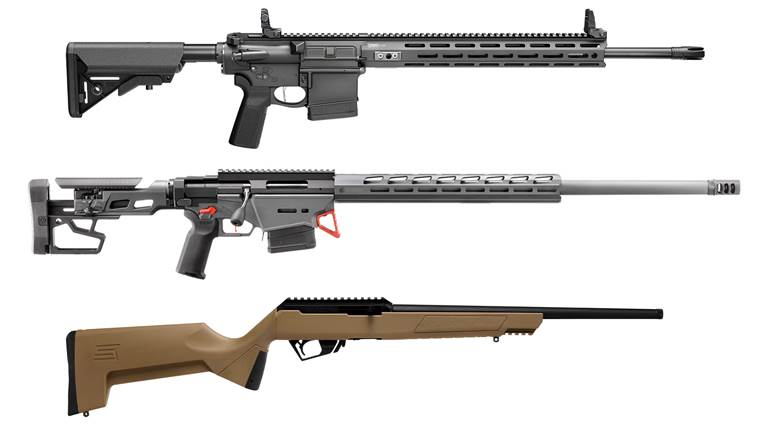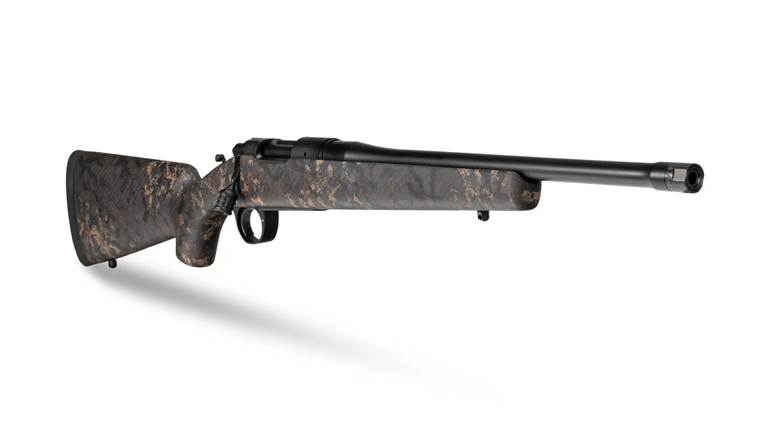
4/22/2013
A purveyor of affordable firearm laser training equipment, LaserLyte adds depth to its line with the 2013 introduction of the Reaction Tyme training targets. In 2012, the Cottonwood, Ariz.-based company was awarded a Golden Bullseye from this publication for its TLB-1 laser target. The TLB-1 was a static four-ring target system that registered “hits” from LaserLyte training lasers and laser cartridges and, upon shooting the “Display” panel, would reveal the shot placement of the hits. Shooting the “Reset” panel would clear the screen for another round of practice.
While there is no substitute for range practice with live ammunition, laser training is an excellent supplement and can drastically improve sight alignment and trigger control because the laser provides visual confirmation as to where the muzzle is pointed at the moment the trigger releases. As well, laser trainers can be set up virtually anywhere and save users money that would otherwise go toward the expenditure of sometimes costly, and hard to find, ammunition.
The Reaction Tyme targets take laser training to the next level. The 2 ½ x 2 ½-inch square targets present about half the target area of the TLB-1, making them a bit more difficult to hit. The reaction trainers are also sold in pairs, meaning they can be set up in challenging locations to practice target acquisition and transitioning. Each TLB-RT has two modes of operation. In the first or static mode, the target registers a hit anywhere on the panel with two audible beeps accompanied by a visual cue—the target’s four corners illuminate, the two flashes coinciding with the beeps. In the second mode, the namesake Reaction Tyme function, the target beeps once and the corners will illuminate at random three- to seven-second intervals. The target remains illuminated for approximately four seconds, or until it is successfully hit. Again, a hit registers with the two-beep, two-flash signal, and the target is automatically reset for another interval. In this mode, and in conjunction with the second or multiple targets, shooters can test their accuracy, reaction speed and transitioning skills.
Included are six AAA batteries, each of the two targets requires three. LaserLyte advertises a battery life of 6,000 shots, which we estimate to yield in the neighborhood of 10 to 12 hours of use—assuming the average interval is five seconds and average exposure is two seconds per shot. The targets worked well during two evaluation sessions, each several hours long. In both cases we experienced no malfunctions and did not have to change the batteries during the course of testing.
Overall dimensions for a TLB-RT unit are 3 ¾ x 3x1 3/8 inches, making them easy to store or transport. The back panel holds the battery compartment and the three-position power switch that, from left to right, reads: ON for static mode; RT for reaction training; and OFF. As with the TLB-1, the Reaction Tyme targets will work with the LaserLyte LT-Pro and handgun-caliber laser cartridges. For rifle training, LaserLyte’s LT-223 cartridge laser is appropriate for .223/5.56 platforms or can be inserted into larger jackets for use with other popular rifle calibers.
If you can’t get to the range as often as you’d like, or you just want something to spice up dry-fire practice, LaserLyte’s Reaction Tyme training targets will add an extra dimension, honing accuracy and response time. Price: $160.





































